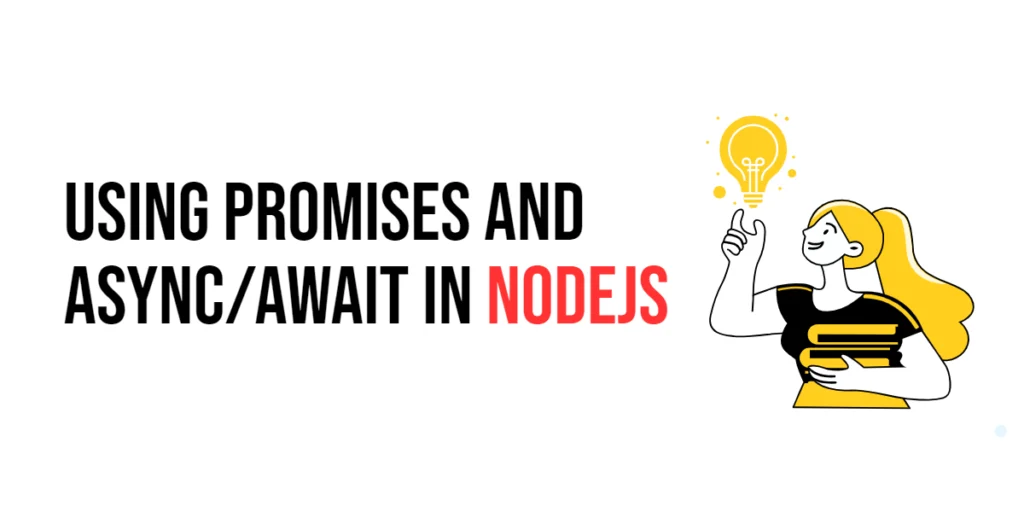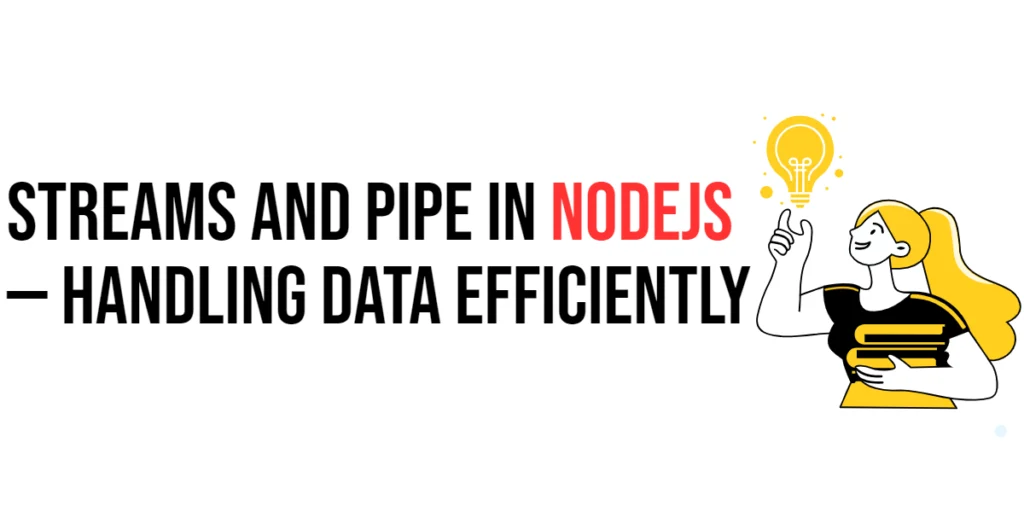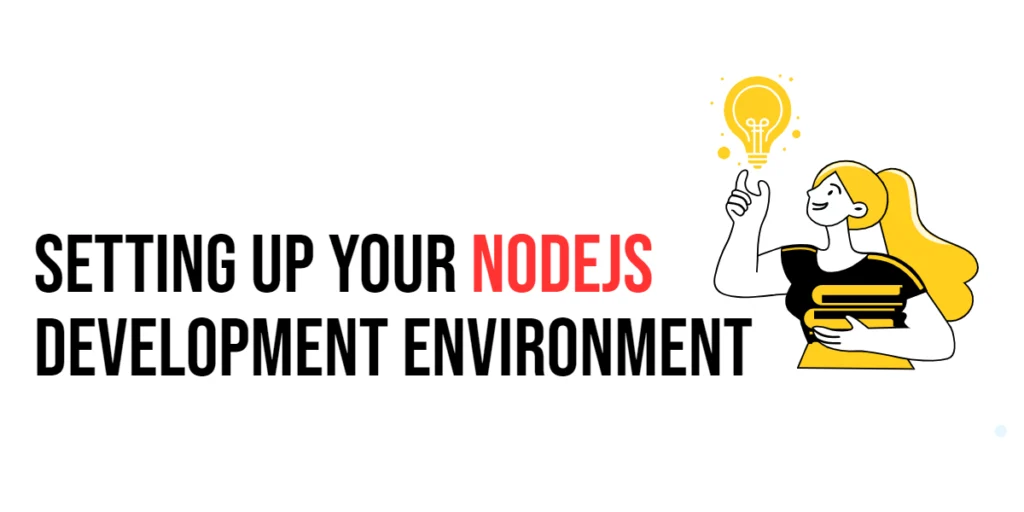Using Promises and Async/Await in Nodejs
Asynchronous programming is a core aspect of Node.js, enabling developers to write non-blocking code that can handle multiple operations concurrently. Two of the most powerful tools for managing asynchronous operations in Node.js are Promises and async/await. Promises provide a cleaner way to handle asynchronous operations compared to traditional callbacks, while async/await builds on top of […]
Using Promises and Async/Await in Nodejs Read More »









